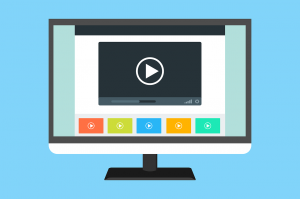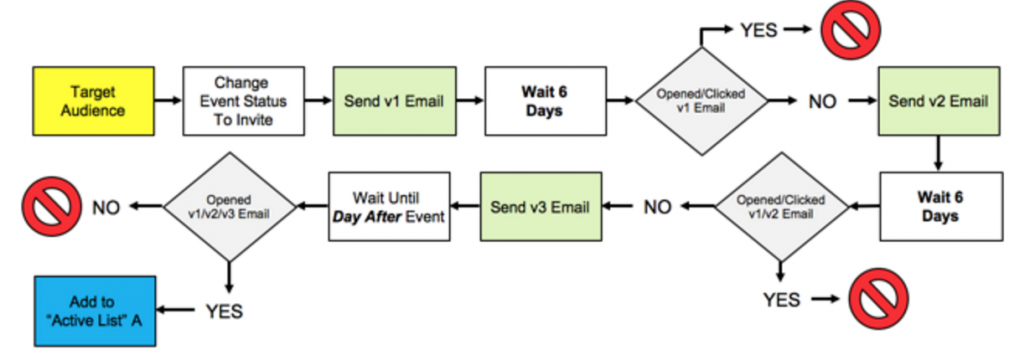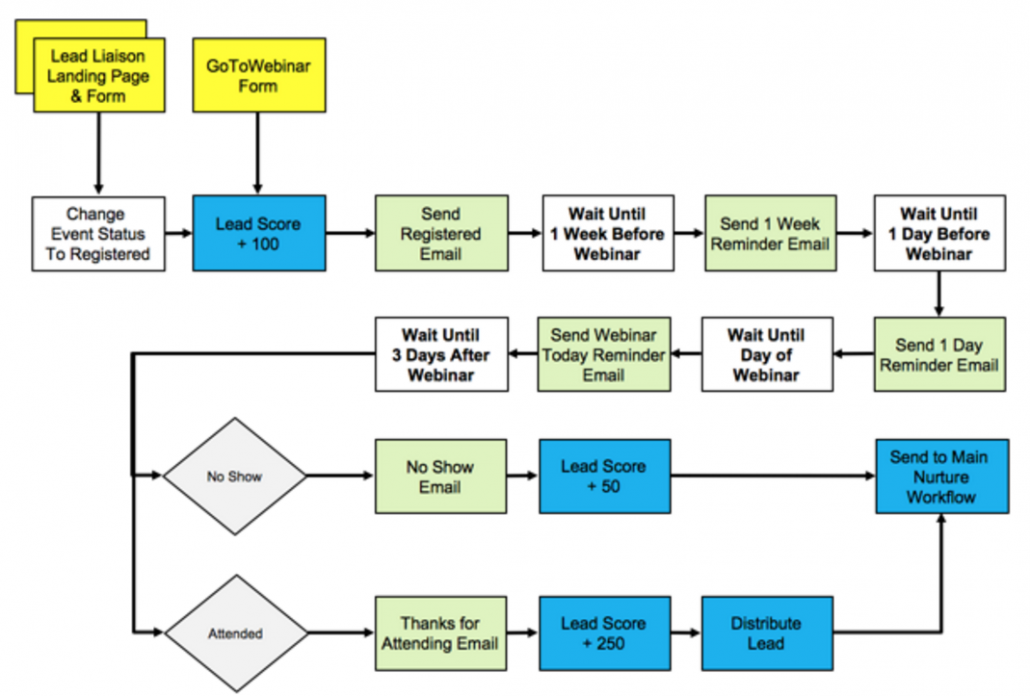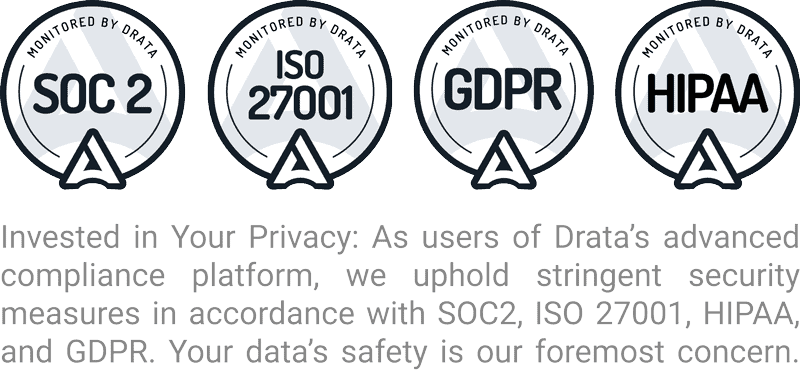How to Run a Webinar: Syndicate Webinar Content
This is the ninth and final installment in the series How to Run a Webinar.
In our most recent post in this series, we talked about pre-webinar bonding & follow-up. The last step of the process is to syndicate your content.
Syndicate Webinar Content
You’ve invested a ton of time planning and preparing for your event. Make sure you get the most out of your investment by syndicating your content. Syndication means taking the content and reformatting it to fit other mediums or marketing channels. For example, take your webinar recording and:
- Have the video transcribed. We suggest using Upwork to hire someone to transcribe your video. It’s super affordable and worth the money!
- Format the transcription into a white paper. Place the white paper on your website as Trackable Content in your marketing automation system and gate the content.
- Put your video on an internet video hosting and analytics company like Wistia, embed it in your website, and gate the video.
- Break down the white paper into smaller blog posts. Schedule the blog posts using your CMS.
- Include the video, whitepaper, and any other related tools or documents in a downloadable “kit”, which is a fantastic lead generation strategy. Prospects are more inclined to give you their email address in exchange for lots of value.
- Put the webinar recording in a “Resources” section on your website.
What to Expect
Attendance depends on the factors described in the beginning of this document. About 40-60% of registrants will show up for live viewings, but you can expect more registrants to trickle in and watch on demand over the next few days following your webinar.
We hope you’ve enjoyed this series. If you’ve got an idea for a series, we’d love to hear it! Comment below.
Do you want your own personal copy of the entire guide? Download the full white paper here.
Interested in a demonstration of our robust marketing automation tool?








